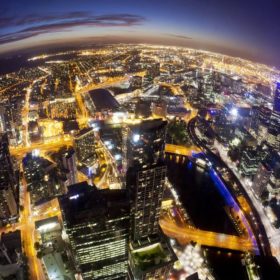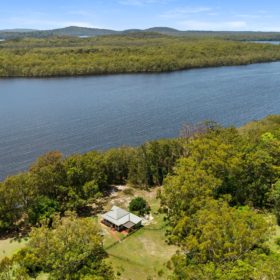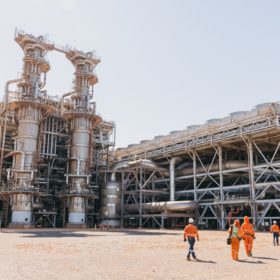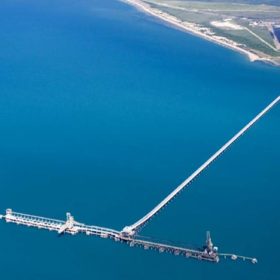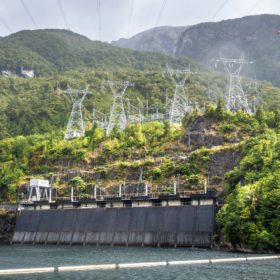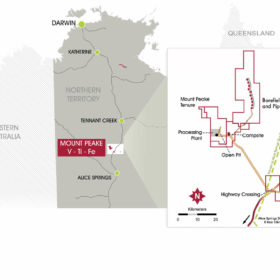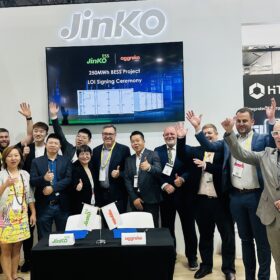AEMO rolls out roadmap to 100% renewables
With Australia’s energy system rapidly transitioning from a traditional dependency on coal-fired power generation towards a future built on renewables, the market operator has detailed the engineering roadmap required for the country’s main power systems to operate on 100% renewable energy more frequently and for longer periods.
NSW holiday cottage home to green hydrogen SAPS trial
A holiday house in New South Wales is thought to be the first residential property in Australia to make the switch to a hybrid solar and green hydrogen standalone power system with network service provider Essential Energy trialling the off-grid technology.
Woodside lands agreement for 50 MW solar project in WA
Woodside says it has secured an agreement with the traditional owners for land on which it plans to build the first 50 MW stage of what could eventually expand to be a 500 MW solar power plant in the Pilbara region of Western Australia.
International consortium accelerates green ammonia export plans
Australian renewables developer Energy Estate has signed a consortium of “globally recognised partners” to accelerate the development of a large-scale green hydrogen and ammonia production and export facility in north Queensland.
Molten aluminium storage startup enters Australian market, apparently
In a decidedly confusing announcement, Swedish molten aluminium storage startup Azelio says it has secured a conditional order from relatively unknown Australian company MPG Built. Azelio says the order will see it provide “energy-as-a-service” using five of its TES.POD storage units combined with solar power.
Environmental approval paves way for integrated graphite supply chain
Environmental approval from the government of South Australia means Renascor Resources is now a step closer to realising its integrated graphite supply chain. Graphite is a key component in lithium-ion battery production and Renascor’s South Australian deposit is considered the largest outside of Africa.
Woodside selected to deliver NZ green hydrogen megaproject
Woodside has won out over Fortescue Future Industries to deliver the proposed Southern Green Hydrogen megaproject in New Zealand’s Southland. The 600 MW project intends to produce green hydrogen for export using power from partner Meridian Energy’s hydroelectric plant.
Philippines increases net-metering size limit for renewables to 1 MW
New provisions in the Philippines define interconnection standards, the certification of compliance requirements, and pricing methodologies, among other matters.
Shareholder activist ousts leadership of critical metal hopeful with major vanadium project
Described as a “masterclass” in shareholder activism, Perth-based mining technology company TNG Limited, owner of the major vanadium Mount Peake Project, has had its leadership team collapse with former AFR columnist elected as the new director, winning 95% of the vote during the company’s AGM.
Guidelines for First Nations engagement ‘determined to really lift the standard’
The First Nations Clean Energy Network, a group launched in November 2021 to ensure Indigenous communities share in the benefits from renewables, is releasing new guides to help industry and government engage with First Nations communities.
